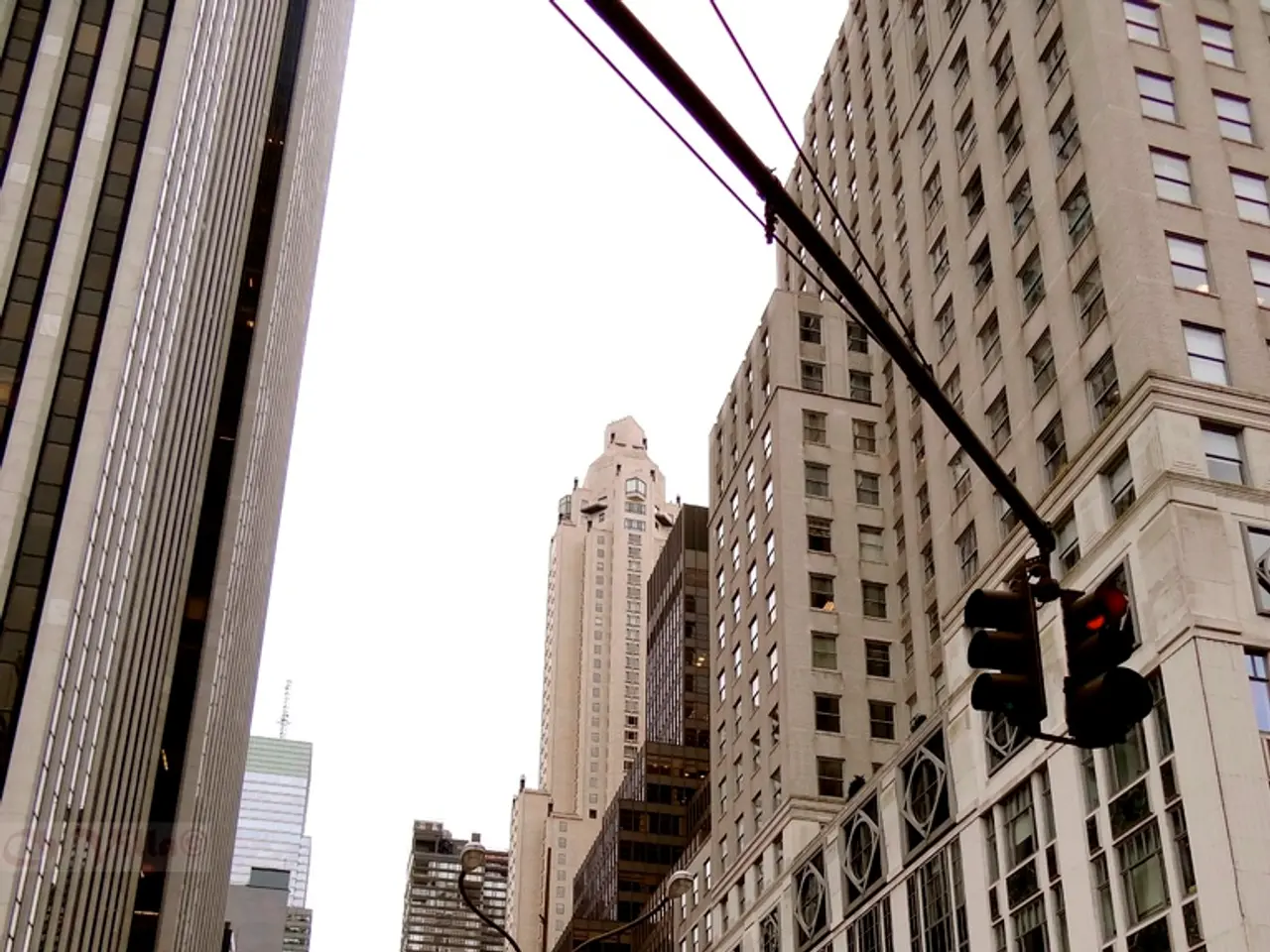Excess Money Supply Leading to Price Increases: Understanding the Causes and Seeking Solutions for Demand-Pull Inflation
In the economic landscape, demand-pull inflation—a type of inflation caused by an increase in aggregate demand—presents a significant challenge. This article explores the mechanisms of demand-pull inflation, the policy responses, and the consequences of these interventions.
Demand-pull inflation occurs when the aggregate demand curve shifts to the right, leading to a rise in the price level and an economy where the actual real GDP is above its potential output. Various factors can trigger this inflation, such as government spending, an export boom, low interest rates, and tax cuts.
When demand-pull inflation rears its head, policymakers turn to contractionary monetary policy as their primary weapon. This strategy aims to reduce aggregate demand by increasing interest rates and tightening the money supply. Central banks raise interest rates to make borrowing more expensive, thereby decreasing consumption and investment spending, which reduces demand and helps control inflation. Additionally, they may reduce asset purchases (quantitative tightening) to shrink their balance sheets.
Fiscal policy also plays a role, though it is usually less directly involved in inflation control. Governments may cut spending or increase taxes to reduce overall demand in the economy. However, monetary policy is often preferred for its direct influence on aggregate demand, the root cause of demand-pull inflation.
Central banks emphasize policy credibility and clear inflation targets to anchor inflation expectations. This approach prevents a wage-price spiral and entrenched inflation, where rising prices force workers to renegotiate higher wages to offset the rise in living costs, leading to a self-feeding loop that can accelerate inflation.
Examples of such responses can be seen in the U.S., where the Federal Reserve aggressively raised interest rates from 2022 through 2023 to combat high inflation. This move helped lower inflation from over 5.5% to closer to 2.7%, alleviating demand-pull inflationary pressures.
However, tightening monetary and fiscal policy can have side effects. Slower economic growth or higher unemployment may result from these measures as demand decreases. A weakening exchange rate can also lead to an injection of money into the economy, potentially causing demand-pull inflation.
In summary, raising interest rates and reducing money supply growth are the main tools used to counter demand-pull inflation by dampening aggregate demand. Fiscal measures can also complement these efforts but are less often the direct instrument for inflation control. Policymakers must find the right balance to avoid triggering a recession while maintaining a stable economic environment.
Finance and business play crucial roles in managing demand-pull inflation. Central banks, a key component of the financial sector, use contractionary monetary policy to address inflation by increasing interest rates and tightening the money supply, while governments, part of the business sector, may employ fiscal policy measures such as reducing spending or increasing taxes to help control inflation.




